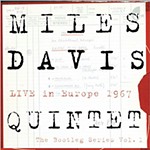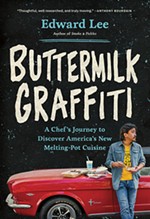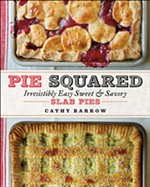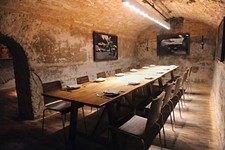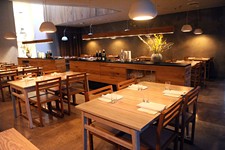Made in Italy and Rustic Italian Food
A collection of cookbook gift ideas for 2011
Reviewed by Rachel Feit, Fri., Dec. 9, 2011
Made in Italy
by David Rocco (Clarkson Potter, 400 pp., $35)Rustic Italian Food
by Marc Vetri with David Joachim (Ten Speed Press, 304 pp., $35)Rustic regional cuisines are very trendy now. Soups, stews, bready salads, and sausages splatter menus as well as the pages of glossy cookbooks everywhere. If you haven't caught the buzz yet and you like Italian food (and who doesn't?), these two new books are definite inspirations – they'll have you in the kitchen within hours, whipping up delicious risottos and homemade pasta. Both take similar approaches to cooking, embracing the idea that less is more and that the best food relies on a combination of great ingredients and basic preparations.
In Made in Italy, David Rocco, the irresistibly charming host of Cooking Channel's David Rocco's Dolce Vita, has packaged many of his cooking show recipes in a new volume, focused on the food that inspires Rocco most: cucina povera ("peasant cuisine"). Rocco's cookbook has the same charm as his show. That is, there are plenty of eye-catching photos of beautiful people, places, and foods of Italy; most of all, there plenty of photos of Rocco himself, who is by all standards a looker. But Rocco has little of the swaggering bravado that has come to define food show celebrities. Underneath all the preening is a serious foodie who knows his stuff. Made in Italy demonstrates this through appealing, accessible recipes collected from real cooks all over Italy. Rolled roasted red peppers stuffed with walnuts and cheese and Aunt Franca's herbed beef tenderloin with pan-roasted onions, carrots, and celery are stunningly simple to prepare, yet look and taste special. The book is worth picking up for Rocco's apple-yogurt cake recipe alone.
Marc Vetri's Rustic Italian Food has the same spirit, and indeed, there are recipes for many of the same dishes, including caponata, tuna fritters, meatballs, olive oil cake – that is, the dishes to make with minimal fuss for family and friends and receive lots of love in return. But unlike Rocco, who has no formal training in the kitchen, Vetri trained as a chef in Italy and now owns three successful restaurants in Philadelphia, so his approach is more instructive. This is a precision how-to book for a much broader range of foodstuffs – from great rustic breads to delicious mostardas and even homemade charcuterie. Illustrations here focus less on personalities and more on cooking techniques. Rustic Italian Food offers terrific tips on homemade pastas, as well as mouthwatering recipes like veal cannelloni with porcini béchamel sauce and semolina gnocchi with oxtail ragù. Some recipes, such as those for lima bean pecorino salad and fennel gratin, are as simple as tossing together a few fresh ingredients. Rustic Italian Food and Made in Italy demonstrate compellingly that good cooking is not about bling but about simplicity, understanding, and feeling.







